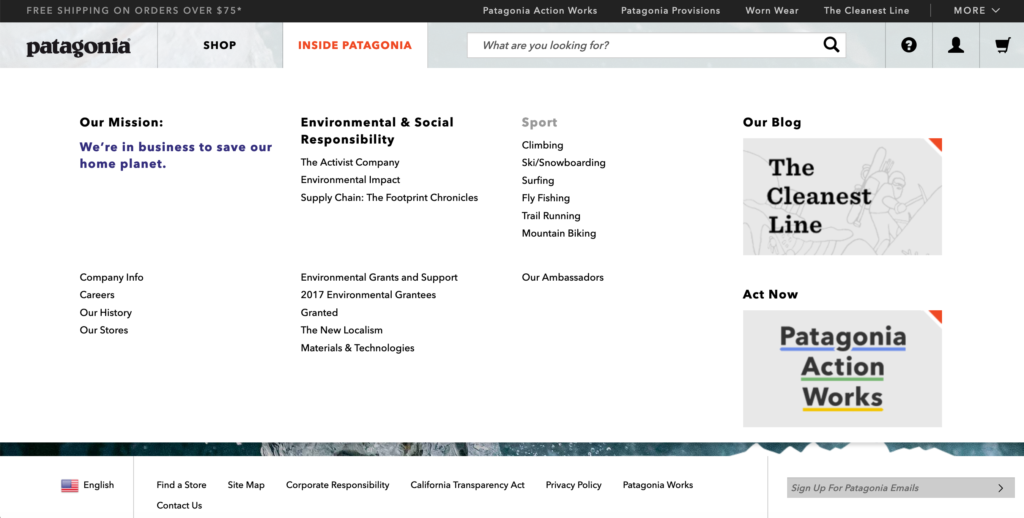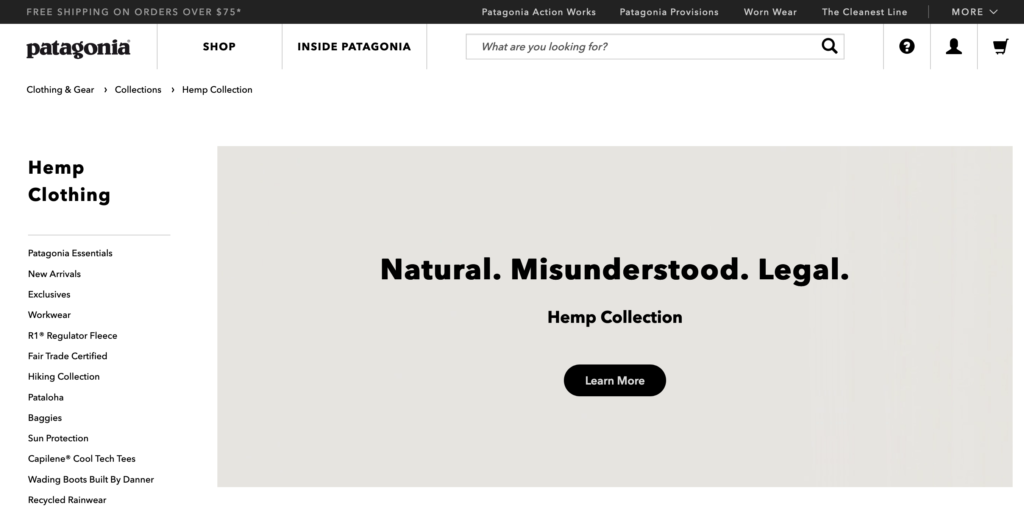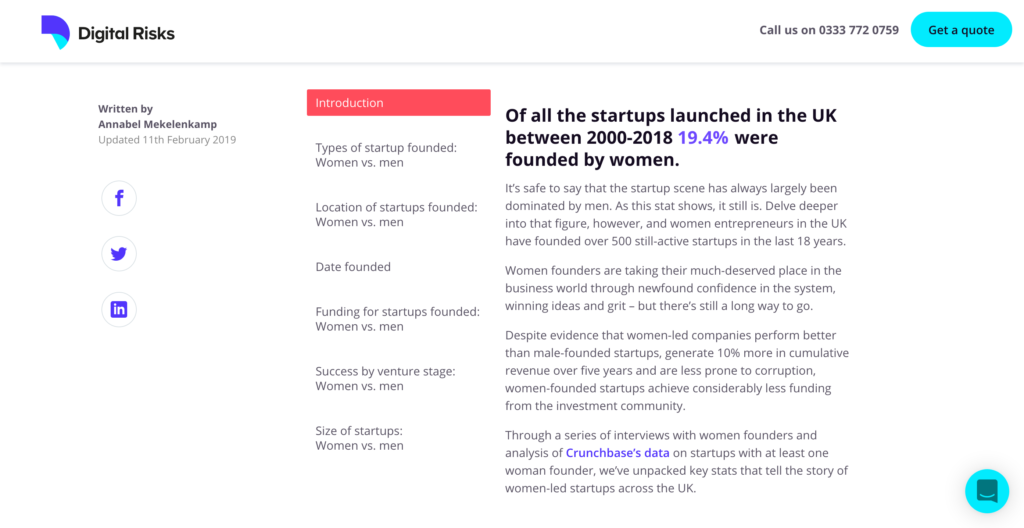Check that content aligns with brand values
Disingenuity won’t win you any fans. Adopting a cause without evaluating its role in the wider business will leave customers feeling apathetic or – worse – lied to.
Ask the whole team to give their thoughts on brand values and what they represent. If your campaign doesn’t align then, it won’t do when it goes live either, and your customers will soon be vocal in pointing this out.
Do your research before going live and make sure there are no hidden skeletons lurking in the closet.

Patagonia is a clothing brand whose values and beliefs in protecting the planet permeate its marketing strategy. From product copy through to its blog, ‘The Cleanest Line’, it ensures its tone and messaging aligns with its mission to be ‘in business to save our home planet’, no matter the subject.
While your brand might not have the capacity to roll out an entire blog’s worth of content, or help produce award-winning documentaries, it can take inspiration from Patagonia’s clever use of copy.
Examples include using a mission statement as an anchor text:

Or signalling the ethical aspect of a product with playful title copy, as shown on the Hemp Collection product page:

These tactics ensure Patagonia can promote a cause in conjunction with its products in a truly authentic and ethical way, enabling both brand and cause to gain valuable and meaningful traction.
Place facts above opinion
In the age of fake news, opinions and beliefs can easily be construed as gospel. If you’re committing to a cause, make sure it’s credible and there’s research or evidence to back up your argument.
Where possible aim to be objective rather than subjective. Use statistics, cite your sources and fact check statements whenever you can.
Take, for example, our campaign for Superscript which investigated the lack of women in start-ups. We produced simple and vibrant data visualisations to illustrate the statistics. Wherever a claim was made, the evidence was clearly signposted.

This meant journalists were easily able to access and trust the data, ensuring they cited the study and brand in their articles.
Participate in conversations, don’t dominate them
Unless you’re drawing attention to an unknown topic, your cause will no doubt have an established community of advocates.
Place preference on their stories over your own and present them in a way that is authentic to their experience. Manipulating someone’s voice to meet an idealised message won’t be as engaging as the truth.
Better yet, provide people with a platform to speak for themselves.
Our recent campaign for Better highlighted the importance of swimming pools for local communities. Rather than state this fact, we got in touch with swimmers and asked them to say how their local pool benefits them in their own words.
Using their quotes made the campaign feel far more genuine and identifiable. From this, audiences could see how they could personally benefit from swimming and their local pool.
If you’re interested in creating a cause-worthy campaign or implementing marketing strategies that care, speak to one of our content consultants about how we can help.
